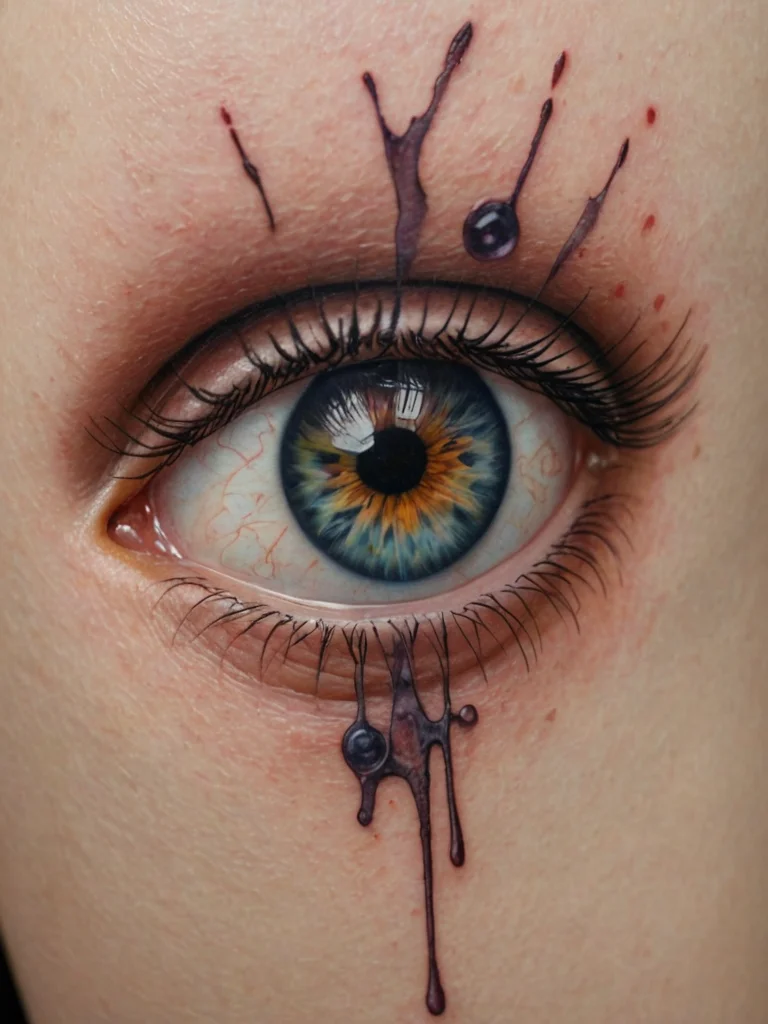The allure of tattoos is undeniable. From ancient tribal markings to intricate modern masterpieces, body art has long been a powerful form of self-expression, cultural identity, and personal storytelling. As the popularity of tattoos continues to surge, so too do questions about their safety. Many prospective clients, and even seasoned enthusiasts, harbor concerns about the potential health risks involved in the tattooing process. At tattoovalue.net, we believe in empowering you with knowledge, so let’s delve into the facts and debunk some common myths surrounding tattoo safety. Understanding the realities, along with how to mitigate risks, is crucial for anyone considering this permanent form of art. Tattoo artists themselves are at the forefront of ensuring client safety, adhering to strict protocols that have evolved significantly over the years.
Debunking tattoo myths and setting the record straight
One of the most persistent myths is that tattoos are inherently dangerous, regardless of where or how they are done. While it’s true that any invasive procedure carries some level of risk, modern tattooing, when performed by reputable artists in sterile environments, is remarkably safe. Historically, tattoo practices varied wildly, often lacking the understanding of hygiene that we take for granted today. Early tattoo methods could indeed lead to infections and other complications due to unsterilized equipment and less advanced ink formulations. However, the industry has undergone a massive transformation. Today, professional tattoo studios operate under stringent health regulations, prioritizing cleanliness and the well-being of their clients above all else. Reputable studios are typically licensed by local health authorities, undergo regular inspections, and meticulously follow universal precautions. This commitment to safety means that the risks associated with tattooing have been significantly minimized, though not entirely eliminated. It’s important to distinguish between a tattoo obtained from a licensed professional and one from an unregulated source, where risks can be considerably higher.
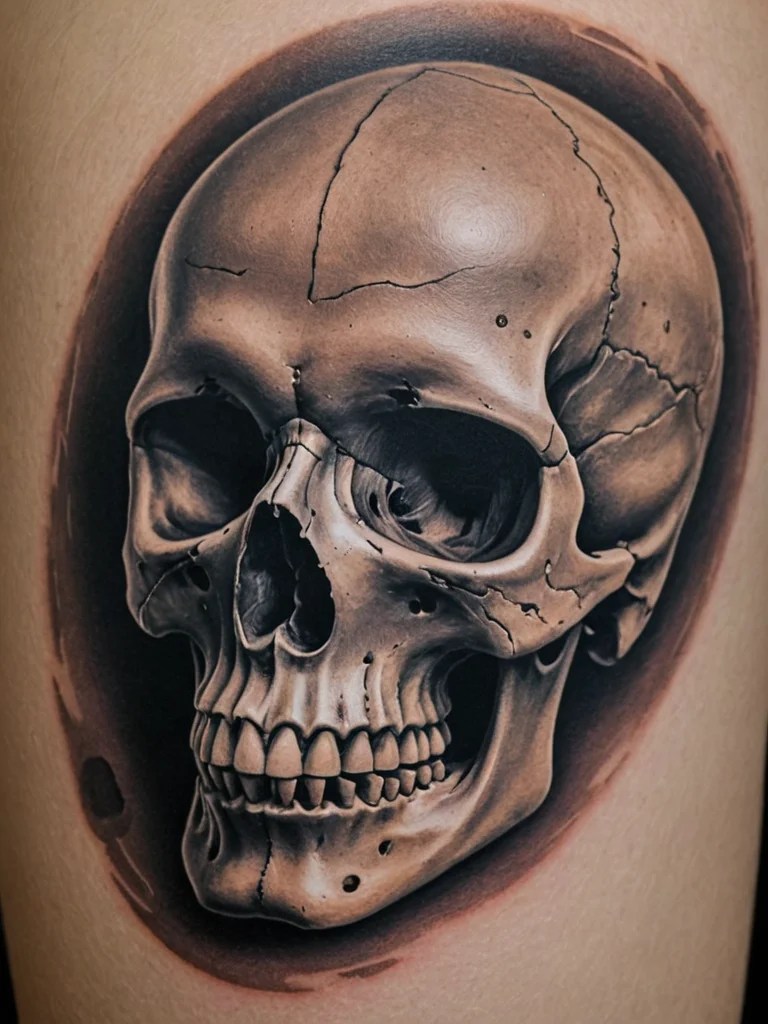
Understanding the potential health risks of tattooing
While the risks are low in professional settings, it’s essential to be aware of them. The primary concerns revolve around infections, allergic reactions, and potential complications related to the inks themselves.
- Infections: This is perhaps the most commonly cited risk. Bacteria and viruses can be transmitted if equipment is not properly sterilized or if the skin is not adequately cleaned before the procedure. Common bacterial infections can manifest as localized redness, swelling, pain, and pus. More serious, though rarer, infections can include hepatitis B, hepatitis C, and even tetanus if contaminated needles are used. The risk is significantly reduced when artists use single-use needles, disposable ink caps, and follow strict sterilization protocols for all reusable equipment, typically using an autoclave.
- Allergic reactions: Some individuals may experience allergic reactions to tattoo inks. These reactions can range from mild skin irritation, itching, and rashes at the tattoo site to more severe inflammatory responses. Red, yellow, blue, and green inks are more commonly associated with allergic reactions than black ink. These reactions can occur immediately after the tattoo is done, or they might develop weeks, months, or even years later. Tattoo artists often recommend a patch test for clients with known sensitivities or those opting for vibrant, complex color palettes.
- Skin complications: Beyond infections and allergies, tattooing can sometimes lead to other skin issues. Granulomas, which are small bumps that can form around the ink particles, can develop as the body’s response to the foreign substance. Keloids, raised scars that grow beyond the original wound, are another possibility, particularly for individuals prone to scarring. Some people may also experience photosensitivity in the tattooed area, making the skin more susceptible to sunburn.
- Ink safety and long-term effects: The long-term safety of tattoo inks has been a subject of ongoing research. While many inks are considered safe, some older or cheaper formulations may contain heavy metals or other chemicals that could potentially be harmful. The European Chemicals Agency (ECHA) has been actively researching tattoo inks and has identified certain substances that are restricted due to health concerns. It’s important for artists to use high-quality, reputable ink brands that are compliant with current safety regulations. The migration of ink particles from the tattooed area to lymph nodes has also been studied, though its long-term health implications are not yet fully understood.
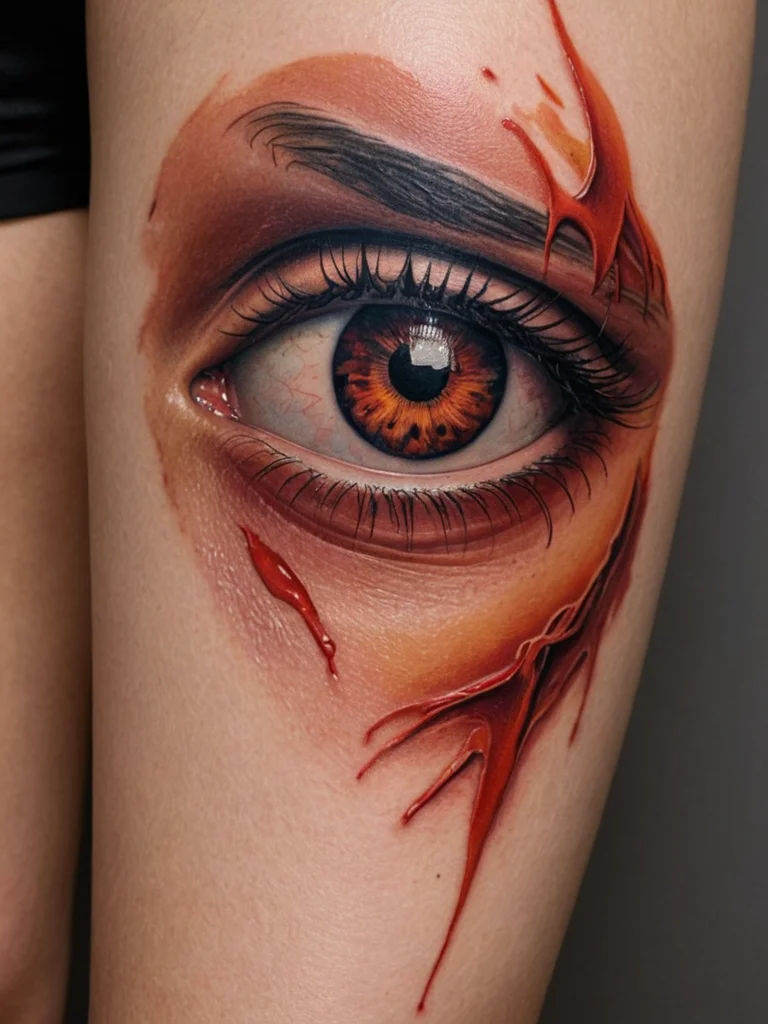
Mitigating risks: how to ensure a safe tattoo experience
The key to a safe tattooing experience lies in choosing the right artist and studio. This proactive approach significantly minimizes the potential for adverse health outcomes. Tattoo artists themselves are the first line of defense in ensuring your safety, and they take this responsibility very seriously.
- Research and choose a reputable studio: Look for studios that are clean, well-lit, and appear to maintain high standards of hygiene. Check online reviews, ask for recommendations from friends, and don’t hesitate to visit the studio beforehand. A professional studio will be transparent about their practices and happy to answer any questions you have about their sterilization procedures and artist credentials.
- Verify artist qualifications and licensing: In many regions, tattoo artists and studios are required to be licensed by health authorities. Ensure your chosen artist holds the necessary licenses and certifications. They should be knowledgeable about bloodborne pathogens and how to prevent their transmission.
- Observe sterilization practices: Upon arrival at the studio, observe the artist’s preparation. They should wash their hands thoroughly and put on new gloves before starting. All equipment that comes into contact with your skin should be new and single-use (like needles and ink caps) or properly sterilized using an autoclave. The work surface should be disinfected, and the artist should use barriers to protect their equipment.
- Discuss ink usage: Ask about the brands of ink the artist uses. Reputable artists will use high-quality, professional-grade inks from trusted manufacturers. If you have known allergies or sensitivities, inform your artist. They might be able to perform a small patch test for you if you’re particularly concerned about a specific color or ink brand.
- Understand the procedure: A good artist will explain the entire tattooing process to you, including what to expect during and after the session. They should guide you through the aftercare instructions clearly. Don’t be afraid to ask questions at any stage.
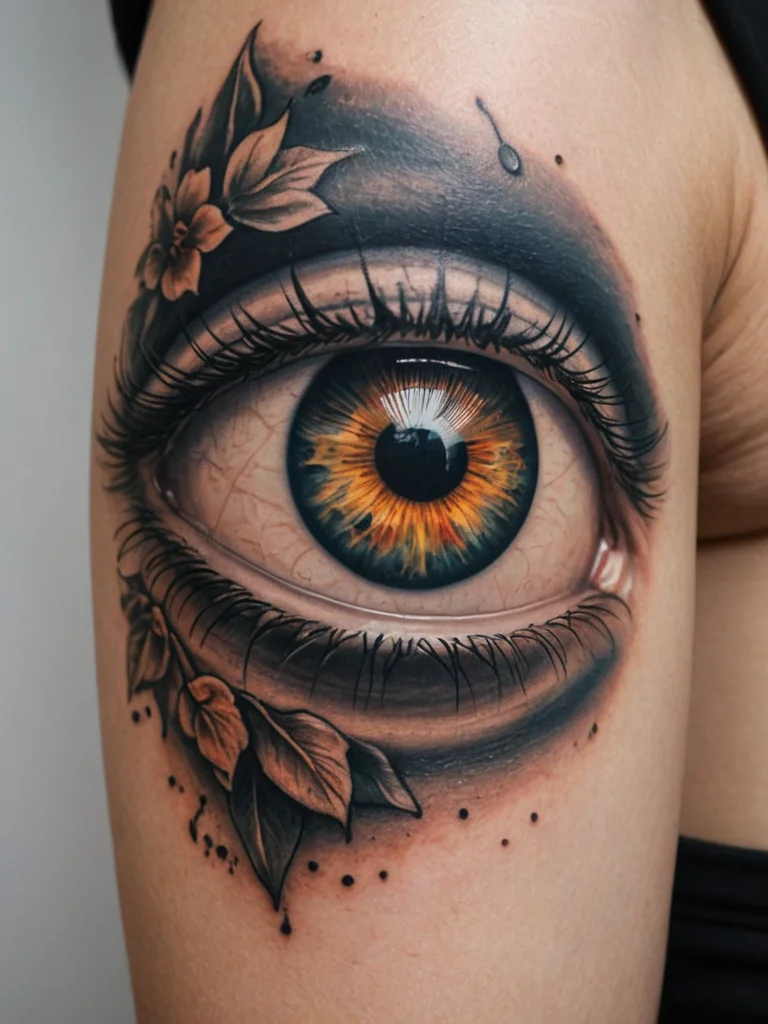
Aftercare essentials for preventing infection and promoting healing
Once the tattoo is complete, the responsibility for safety shifts to you and the adherence to proper aftercare. The healing process is critical in preventing complications and ensuring your new artwork looks its best. Following your artist’s instructions meticulously is paramount.
- Keep it clean: Your artist will likely cover your new tattoo with a bandage. Leave this on for the duration recommended by your artist, typically a few hours. Once removed, gently wash the tattooed area with mild, unscented soap and lukewarm water. Avoid scrubbing. Pat the area dry with a clean paper towel, never a cloth towel which can harbor bacteria. Repeat this cleaning process several times a day as advised by your artist.
- Moisturize appropriately: After cleaning and drying, apply a thin layer of the recommended tattoo aftercare ointment or a fragrance-free moisturizer. Over-moisturizing can be as detrimental as under-moisturizing, as it can suffocate the skin and impede healing. Your artist will guide you on the type and amount of product to use.
- Avoid soaking and submerging: For the initial healing period (usually 2-4 weeks), avoid soaking the tattoo in baths, hot tubs, swimming pools, or the ocean. Submerging the tattoo can expose it to bacteria and chemicals that can cause infection or damage the ink. Showers are fine, but keep them as short as possible and avoid direct high-pressure water on the new tattoo.
- Protect from sun and friction: Direct sunlight is the enemy of a healing tattoo, causing fading and increasing the risk of inflammation. Keep your new tattoo covered with clothing when you go outside. Once it’s fully healed, always use a high SPF sunscreen to protect your artwork. Also, avoid tight clothing or abrasive materials that can rub against the tattooed area, as this can irritate the skin and hinder healing.
- Resist the urge to pick or scratch: As the tattoo heals, it will likely itch and may form scabs. It is crucial not to pick at scabs or scratch the tattoo, as this can lead to scarring, ink loss, and infection. If the itching becomes unbearable, gently patting the area can provide some relief.
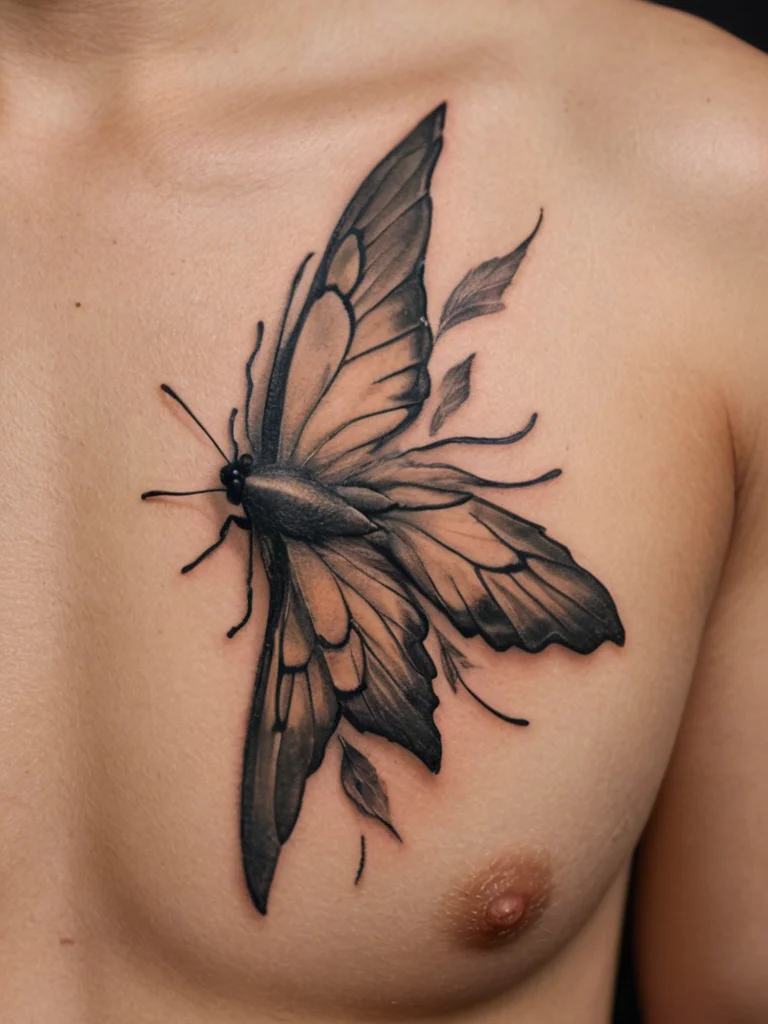
When to seek medical attention: recognizing and reacting to complications
While most tattoos heal without issue, it’s important to know when to seek professional medical help. Being aware of the signs of infection or adverse reactions will allow you to address potential problems promptly, preventing more serious complications.
- Signs of infection: Look out for excessive redness that spreads beyond the tattoo area, increasing pain, warmth, swelling, pus discharge, fever, or chills. If you notice any of these symptoms, especially if they worsen or don’t improve after a couple of days of diligent aftercare, contact a healthcare professional immediately. A doctor can diagnose the type of infection and prescribe appropriate treatment, such as antibiotics.
- Allergic reaction symptoms: While minor redness or swelling immediately after the tattoo might be normal, persistent itching, a spreading rash, hives, or blisters in the tattooed area could indicate an allergic reaction. If you suspect an allergy, consult your doctor. They can help identify the trigger, whether it’s a specific ink pigment or another factor, and recommend treatments like antihistamines or topical creams.
- Unusual scarring: If you notice excessive or abnormal scarring, such as a keloid forming or a rash that doesn’t subside, it’s advisable to consult a dermatologist. They can assess the condition and suggest management strategies.
- Persistent discomfort: While some tenderness is expected during the initial healing phase, persistent or severe pain that interferes with daily activities warrants medical attention.
- General well-being: If you feel generally unwell, experience flu-like symptoms, or have any concerns about your overall health following a tattoo session, it’s always best to err on the side of caution and consult a medical professional. They can provide a thorough evaluation and peace of mind. Remember, early intervention is key when dealing with any potential health complications related to tattooing. Trust your instincts and don’t hesitate to reach out for medical advice if you have any doubts.
